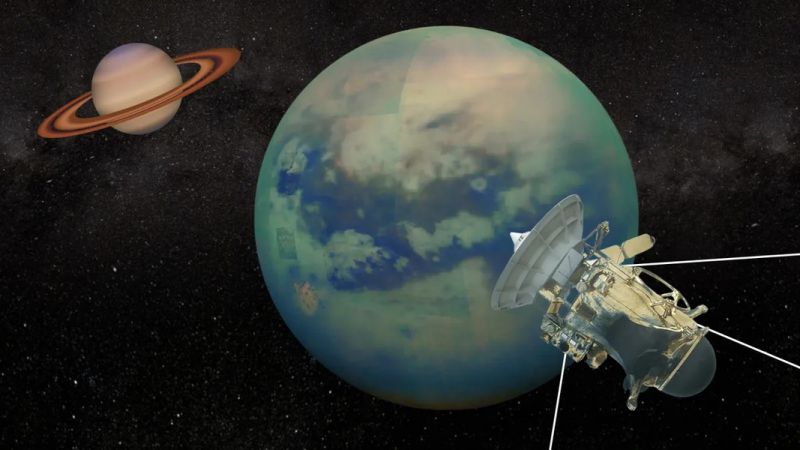
A new study, led by Adrian Brown of Plancius Research (and also a member of the SETI Institute’s NASA Astrobiology Institute team), has identified a region on Mars where large grained outcrops of the mineral olivine is present, but carbonate and clay rocks are not. Using hyperspectral data from an instrument on the Mars Reconnaissance Orbiter (MRO), researchers were able to analyze minerals present on the surface of Mars at a part of Jezero Crater, which will be explored by the Mars 2020 Rover, Perseverance. The study suggested that this unusual outcrop might form a ‘population zero’ (or precursor rock), for the olivine-carbonate rocks at Jezero crater.
The presence of olivine and carbonates are significant to planetary scientists because, respectively, they are associated with volcanic activity and life. Both are present at the Jezero Crater site, and one of the reasons to select the location for Mars 2020. Understanding whether or not olivine and carbonate are present at parts of Jezero Crater independent of each other provides information about how the region was formed nearly 4 billion years ago. It will also lead to investigations of how they came to be present together in other places. The findings of this study reveal that these particular olivines, (with large grain size), are not spatially associated with carbonates or clay rocks.
"This study has strengthened our geological understanding of two previously studied but heretofore unlinked areas of the Nili Fossae region of Mars," said Brown. Jezero Crater is in the Nili Fossae region. "In has placed constraints on the grain size and composition of the olivine-carbonate lithology. Additionally, we have discussed several olivine-carbonate formation pathways and how we might expect this correlation to impact previously proposed formation scenarios of the olivine-carbonate lithology in Nili Fossae."
The study also strengthened already existing links with terrestrial rocks of a similar age and talc-carbonate mineralogy in the 3.5 billion year old Pilbara region of Western Australia. These komatiite rocks are volcanic in origin and have been demonstrated by previous studies (Brown et al. 2010) to be a compelling spectral analog for the Nili Fossae olivine carbonates.
To read the full article, click here.
You can read more Brown’s work in 'Hydrothermal formation of Clay-Carbonate alteration assemblages in the Nili Fossae region of Mars' with S. J. Hook, A. M. Baldridge, J. K. Crowley, N. T. Bridges, B. J. Thomson, G. M. Marion, C. R. de Souza Filho and J. L. Bishop (2010) Earth and Planetary Science Letters 297, 174-182 doi:10.1016/j.epsl.2010.06.018





